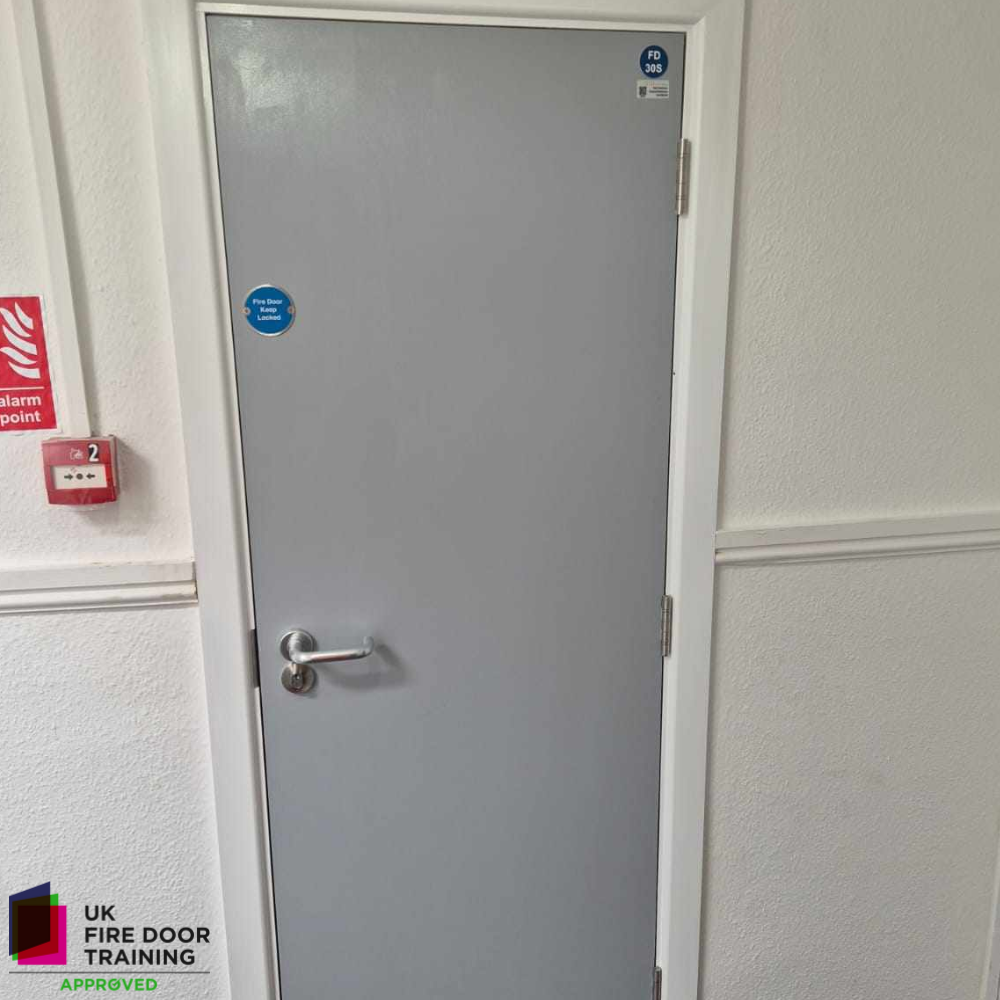Protecting Your Fences: How Maintenance Can Prevent Rotting Wood and Fence Failure
When it comes to our homes and properties maintaining the integrity of our fences is often overlooked. However, neglecting fence maintenance can lead to issues such as rotting wood and even fence failure. By implementing a few simple maintenance practices, you can ensure the longevity and stability of your fences for years to come. Check out our 5 top tips below as we can guarantee that just like your fences, you will find them a great support!
1. Regular Inspections
Performing regular inspections is crucial for identifying any early signs of damage or weakness in your fences. Look for signs of rotting wood such as discolouration, softness or the presence of mould and fungus. Additionally, check for loose or broken boards, rusted nails or screws and any leaning or sagging sections. Early detection can prevent further deterioration and help you take prompt action.
2. Cleaning and Treatment
Regular cleaning and treatment of your fences is essential for preventing rot and decay. Remove dirt, debris and leaves that may accumulate around the base of the fence as they can trap moisture and contribute to rotting. Consider power washing or scrubbing with a mild detergent to remove built-up grime. Applying a protective sealant or stain can also help prevent moisture penetration and add an extra layer of defence against rotting.
3. Proper Drainage
Poor drainage can significantly contribute to fence damage and rotting. Ensure that the area around your fence has proper drainage to prevent water from pooling or accumulating near the base. Consider grading the ground away from the fence or installing drainage systems to redirect water away from the fence structure. By keeping the area dry you are minimising the risk of wood rot and prolong the life of your fence.
4. Repairing and Replacing
If you notice any signs of rot or damage during your inspections it is crucial to address them promptly. Remove any rotted wood or weakened sections and replace them with new, sturdy materials. Pay attention to the fence posts as they are particularly vulnerable to rot. Consider using pressure-treated or rot-resistant wood for replacement parts. Timely repairs and replacements can prevent further deterioration and maintain the stability of your fence.
5. Supporting Structures
To ensure that your fence remains upright and secure, supporting structures such as posts and braces need to be in good condition. Regularly inspect the stability of the posts and ensure they are firmly anchored in the ground. Reinforce weak or leaning sections with additional supports such as braces or concrete footings. Properly supported fences are less likely to fall over or sustain damage during inclement weather.
Conclusion
Taking care of your fences through regular maintenance is essential for preventing rotting wood and fence failure. By performing inspections, cleaning and treating the wood, ensuring proper drainage, making timely repairs and reinforcing supporting structures, you can extend the lifespan of your fences and maintain their stability. Remember, investing time and effort in maintenance now can save you from costly repairs or replacements in the future. Protect your investment and enjoy the beauty and functionality of well-maintained fences for years to come. Remember, a well-maintained fence not only enhances the aesthetic appeal of your property but also provides privacy and security for you and your loved ones. Don't wait until issues arise; prioritise fence maintenance today for a stronger and longer-lasting fence tomorrow.
This blog was written by
Stephen Moore - Proprietor - Stark Contractors | LinkedIn
Considering a new fence? Or would you like to book our fence maintenance services?
Book our fencing services here












